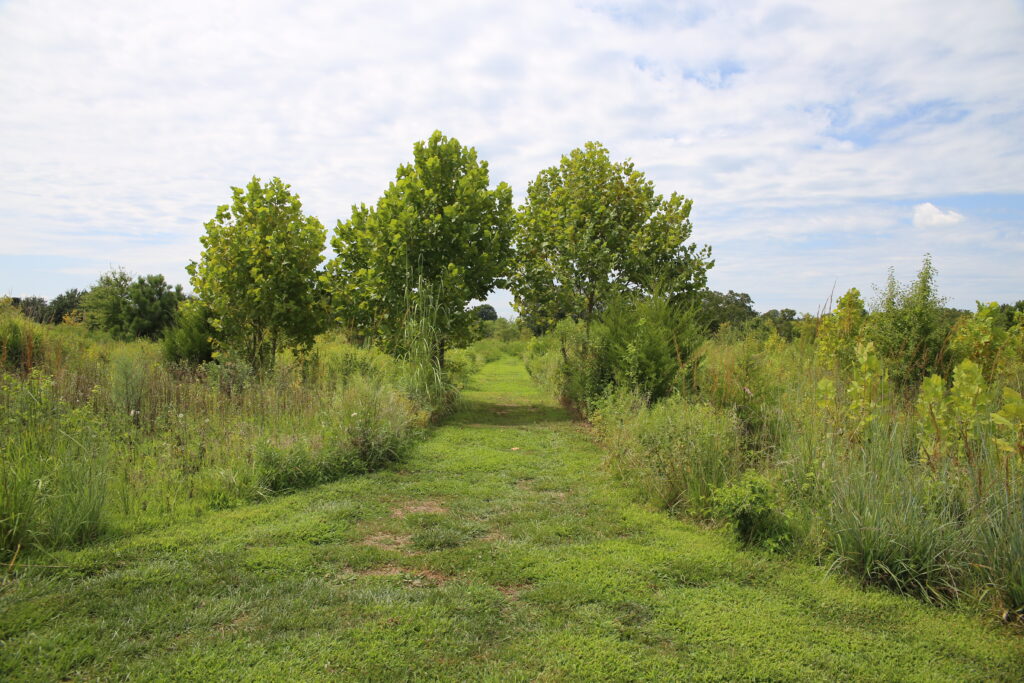Oxford Conservation Park adds 30 acres of meadows and trails
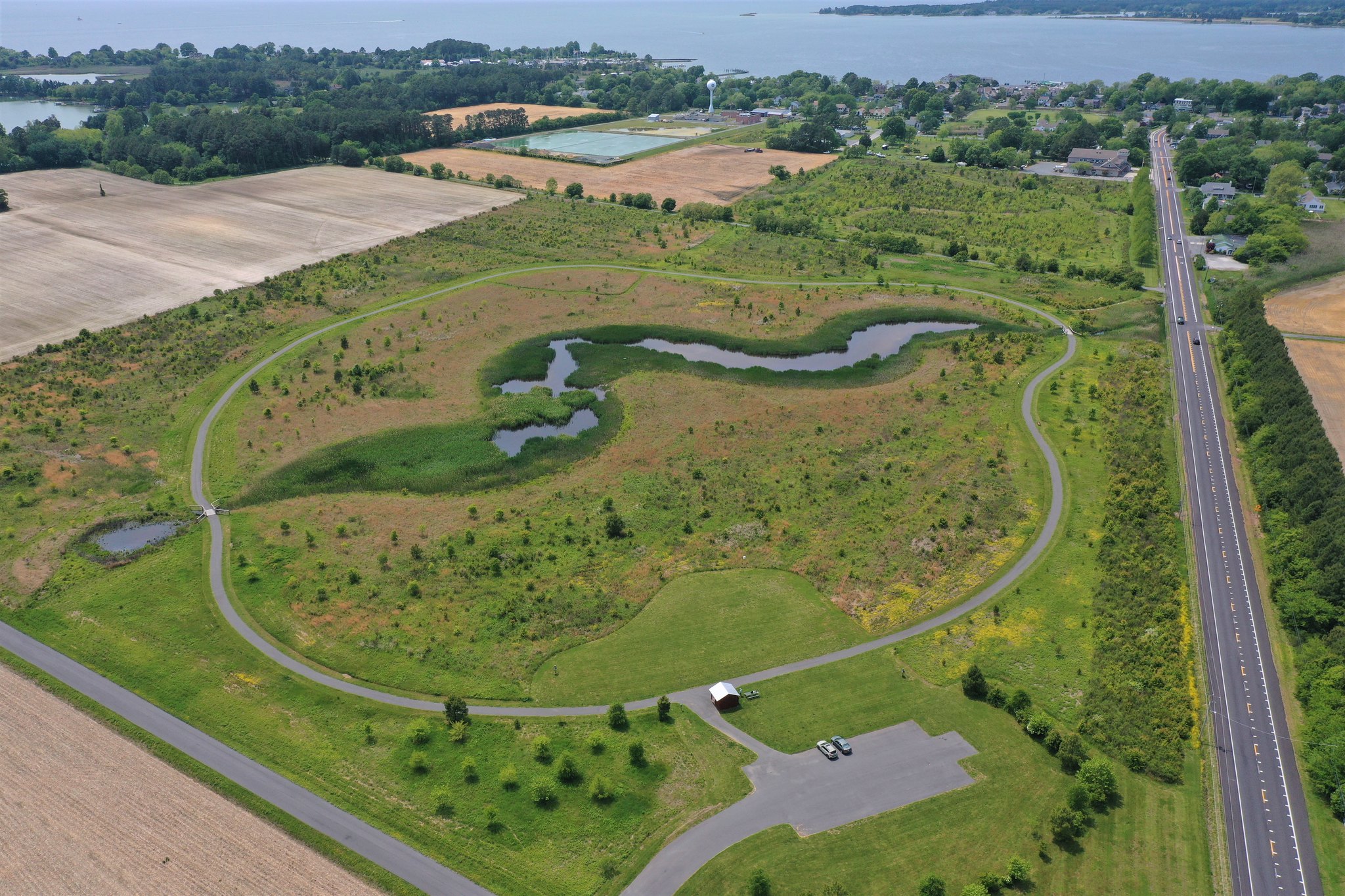
Originally farmland, Oxford Conservation Park was designated to become a subdivision before Talbot County’s former Director of Parks and Recreation, Preston Peper, Talbot County Engineer Bill Wolinski, and a team of community stakeholders worked together to plan and create a public park where anyone from the community could go to walk and enjoy nature. Now this warren of wetlands and meadows is enjoyed every day by birders, walkers, photographers, and visitors of all ages. Soon it will offer even more.
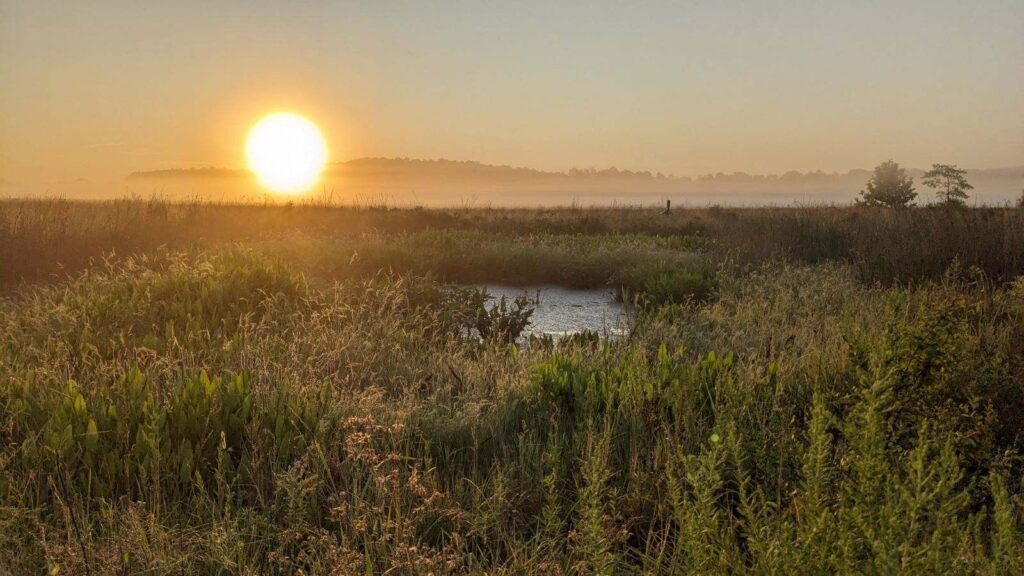
In 2023, the Friends of Oxford Conservation Park volunteer group approached Eastern Shore Land Conservancy with their concerns over the condition of the park’s habitat, asking for ESLC’s help. ESLC’s Enhanced Stewardship Manager Larisa Prezioso then began working with Talbot County Parks and Recreation, Washington College’s Natural Lands Project, and the Friends of Oxford Conservation Park to help enhance the existing habitat in need of maintenance and restoration. In addition to the collaborative efforts to keep present grasslands healthy and forests diverse, the partnership worked together to pursue funding for the completion of the initial park plan. Activating this plan will result in converting the park’s remaining thirty acres from row crops to passive recreational grasslands and trails. As of this summer, Washington College’s Natural Lands Project, which has converted 80 sites and thousands of acres of marginal cropland across the Shore into diverse native meadows, wetlands, and forests, has received funding from the Department of Natural Resources Atlantic and Coastal Bays Trust Fund to initiate the expansion starting in the spring of 2025.
“This project is a great collaboration between our project, the Eastern Shore Land Conservancy, Talbot County, and the Friends of Oxford Conservation Park,” said Kathy Thornton, Natural Lands Project Field Technician, noting that each entity has certain resources they can contribute to the effort. “Together, this makes for a strong project where we can manage existing habitat, create new habitat, and sustain a long-term maintenance plan.”
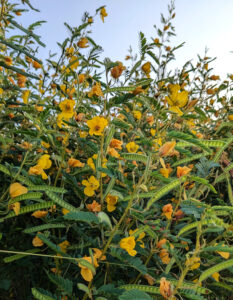
“Conservation does not happen in a bubble,” said Dan Small, the Natural Lands Project Coordinator and Associate Director of Natural Land Stewardship at the Washington College Center for Environment & Society. “By leveraging resources and enthusiasm from grant funds, non-profits, volunteer groups, and County government, we’re able to turn public space into a sanctuary for both people and wildlife,” said Small.
The new 30-acre mix of native meadows will feature tree plantings and native short stature grasses and wildflowers not found in the existing habitat, which is currently dominated by native tall grasses. A network of walking trails will connect to and double the length of trails across the park. And new educational signage will teach visitors about the many ecosystem services that these diverse native meadows provide, including flood mitigation, prevention of soil erosion, and improved water quality within the Chesapeake Bay watershed.
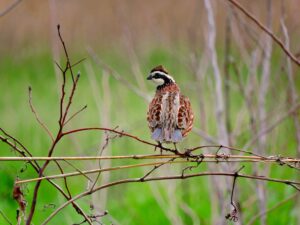
Climate change resilience, expanded trails, and educational opportunities will be of huge benefit to the public, but the real beneficiaries of this new project will be the wildlife. Once abundant on the Eastern Shore, low-lying early successional habitats like grasslands, fallow fields, meadows and prairies have become increasingly rare. The rarer the meadows, the rarer the unique suite of wildlife that depends upon them—species like field sparrows, woodcocks, warblers, turtles, salamanders, and fireflies. Small and Thornton’s main focus is creating habitat to support another meadow-lover: Northern Bobwhite quail. A few quail have been sighted at the park recently and the team is hopeful that this new habitat expansion will ultimately support a healthy breeding population.
When supporting early successional species like quail, the overall footprint of the habitat is crucial. Adding these next thirty acres will create larger habitat areas that can support more individuals. Small and Thornton explain, “Most grassland birds prefer to establish territories and nests away from wooded edges, so meadows with larger interior space away from forest edges is beneficial.” More space also bolsters population growth of threatened birds because there are more nooks and crannies to hide nests, making it harder for predators to find them. No child playing hide and seek would choose to hide in a small manicured front yard over a wide and rambling weedy backyard garden. Now the OCP quail coveys are finally getting the sprawling warren of a garden they deserve. And the grassy paths winding through the new meadow’s wildflowers and warm-season grasses will encourage people to get lost in the glorious thick-of-it too, finding all sorts of flora and fauna surprises along the way.
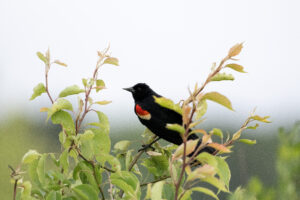
“Truly, this work would not have happened without the passion and advocacy of the Friends of Oxford Conservation Park,” said Prezioso. “Having a dedicated and engaged group of volunteer citizens not only provides such an asset to the park’s long-term care, but also demonstrates that having ecological, passive-recreational spaces is something that’s valuable to our community, and worth advocating for.”
For further inquiries into Eastern Shore Land Conservancy’s enhanced restoration projects, please contact Enhanced Stewardship Manager Larisa Prezioso at lprezioso@eslc.org. You can learn more about the story of Washington College’s Natural Lands Project here.
